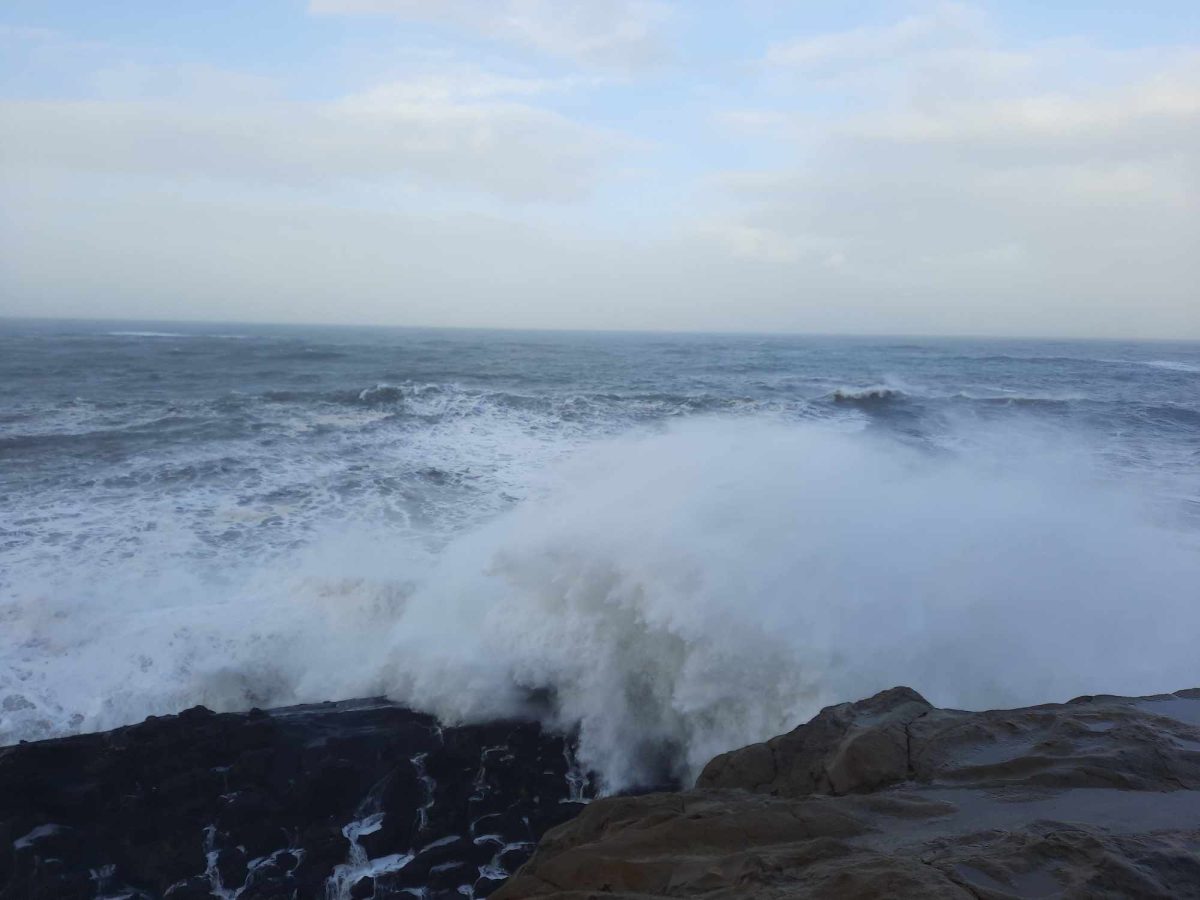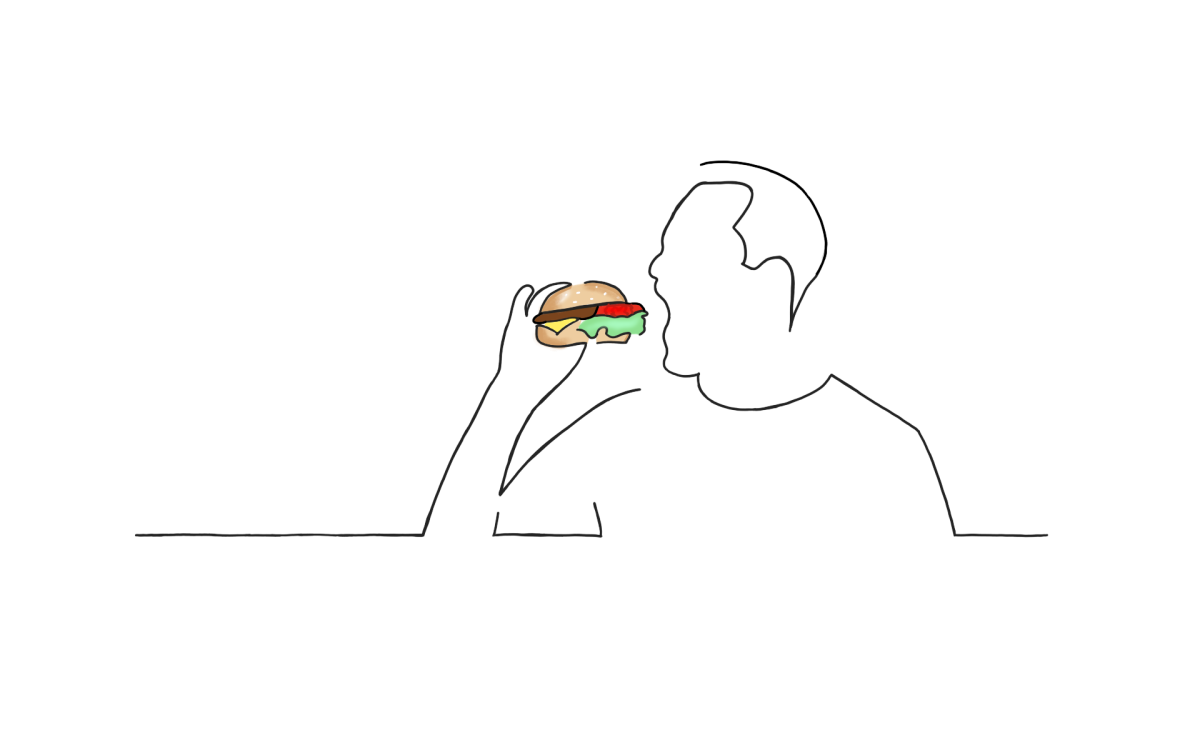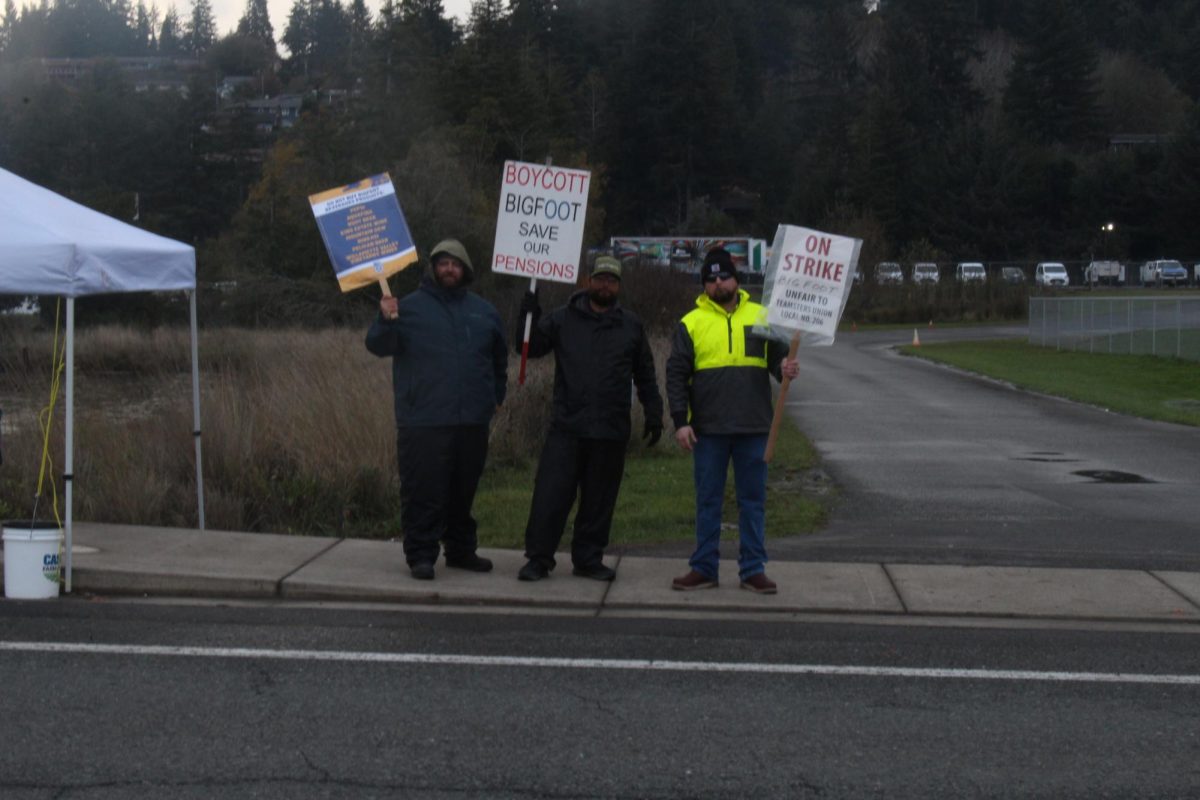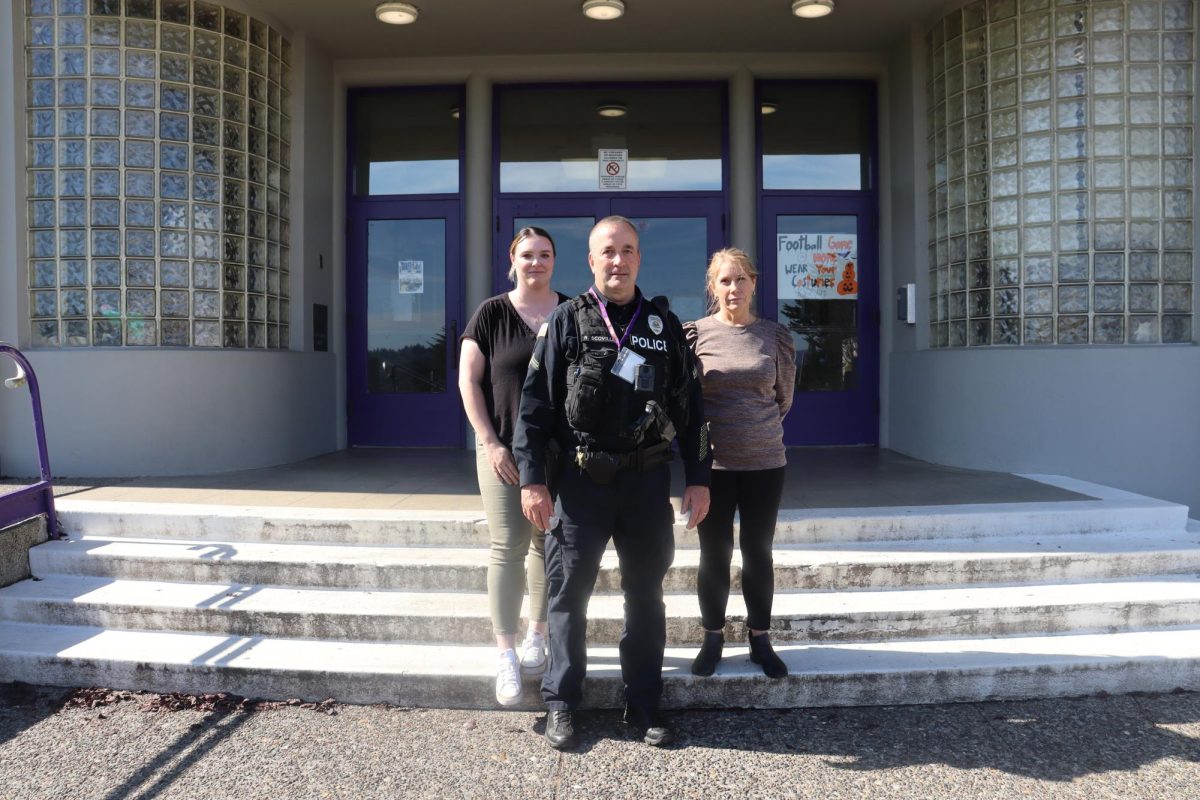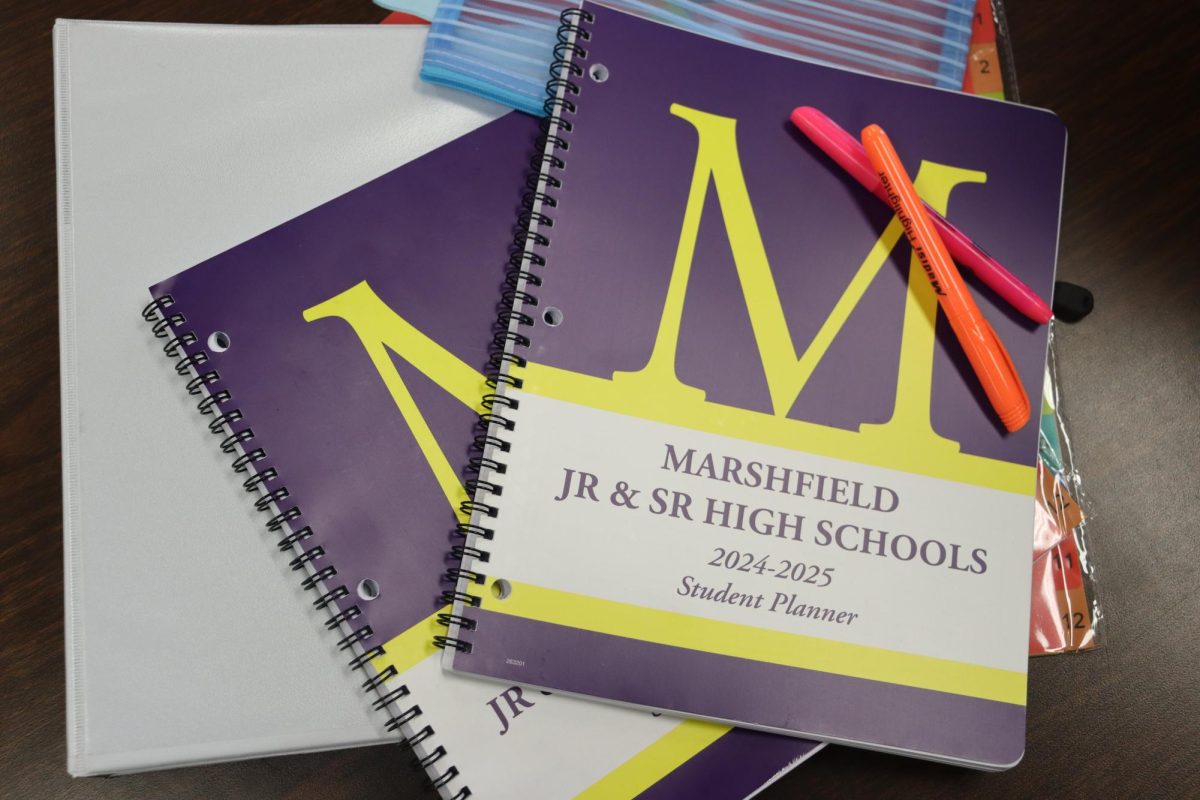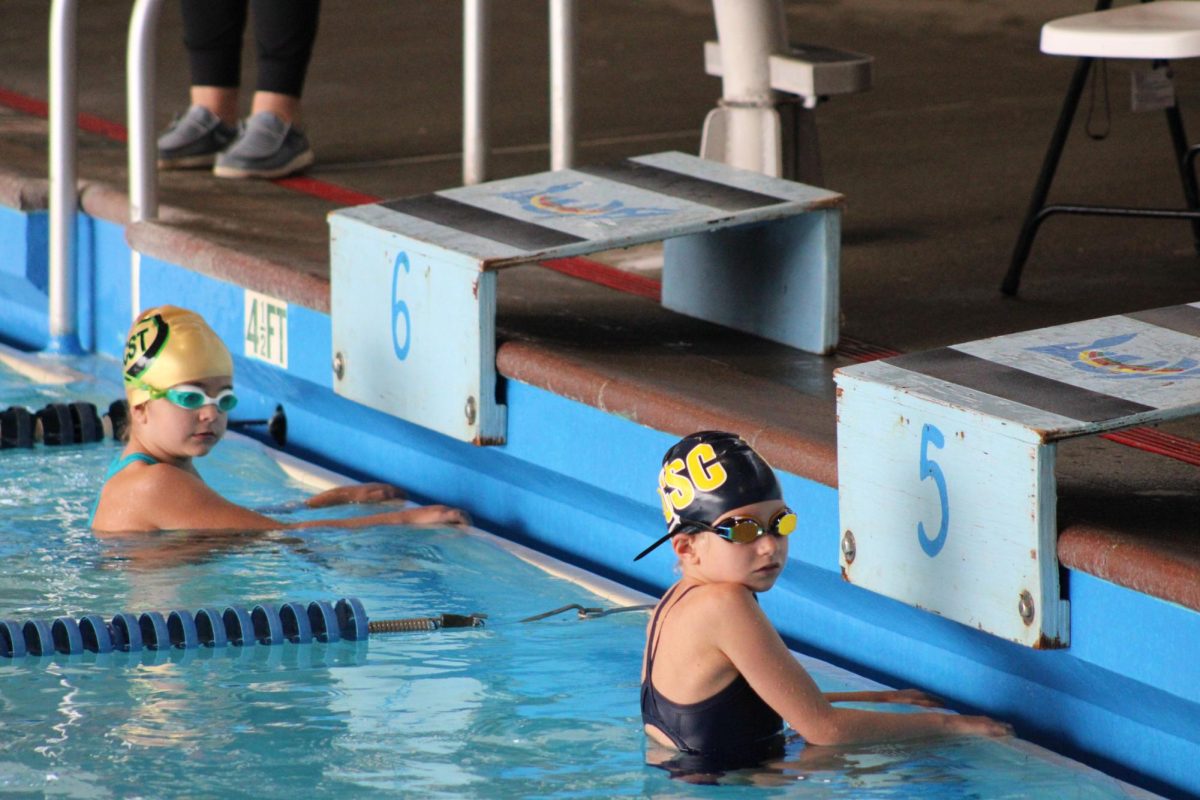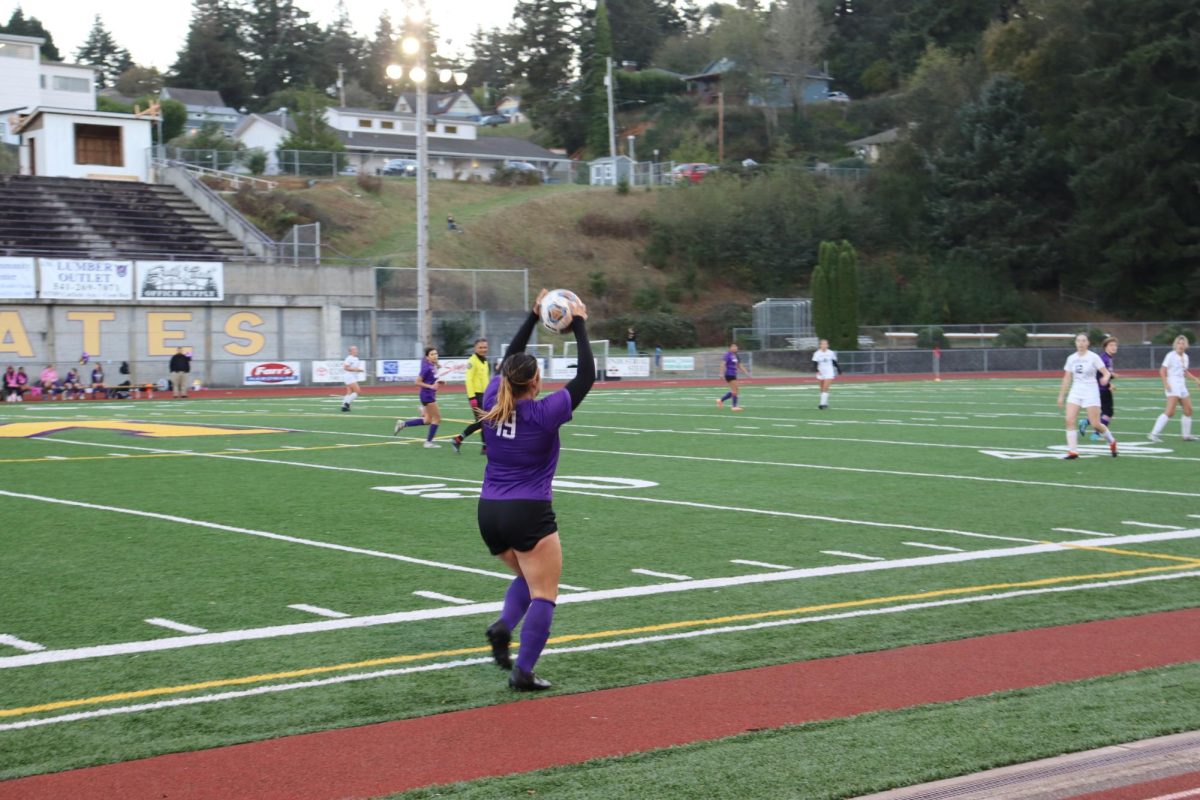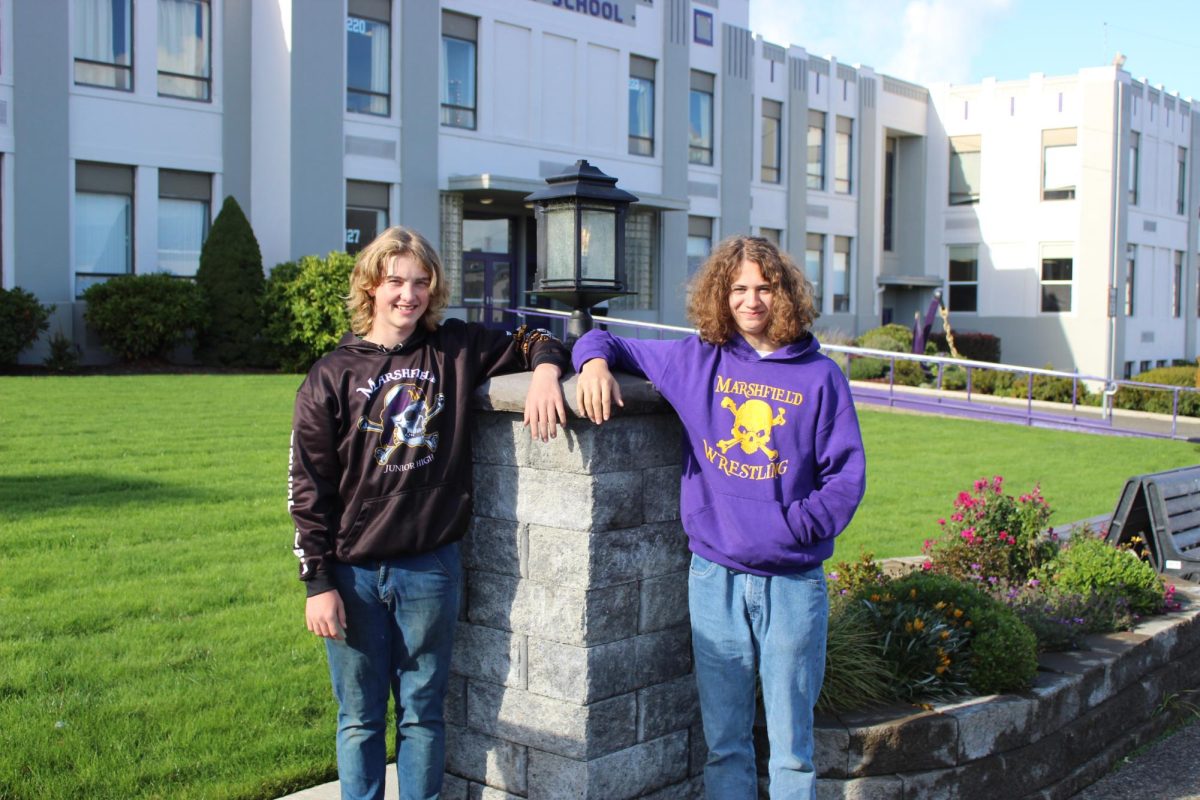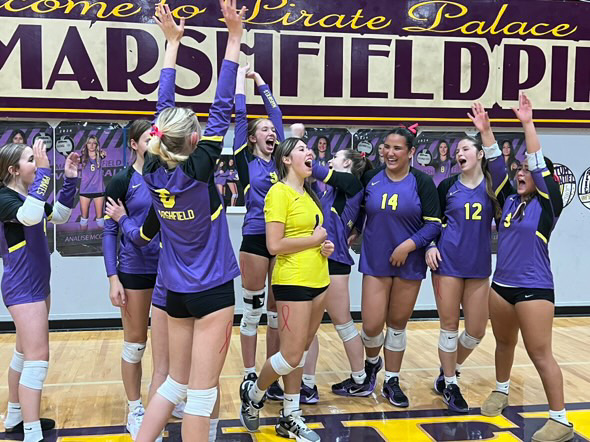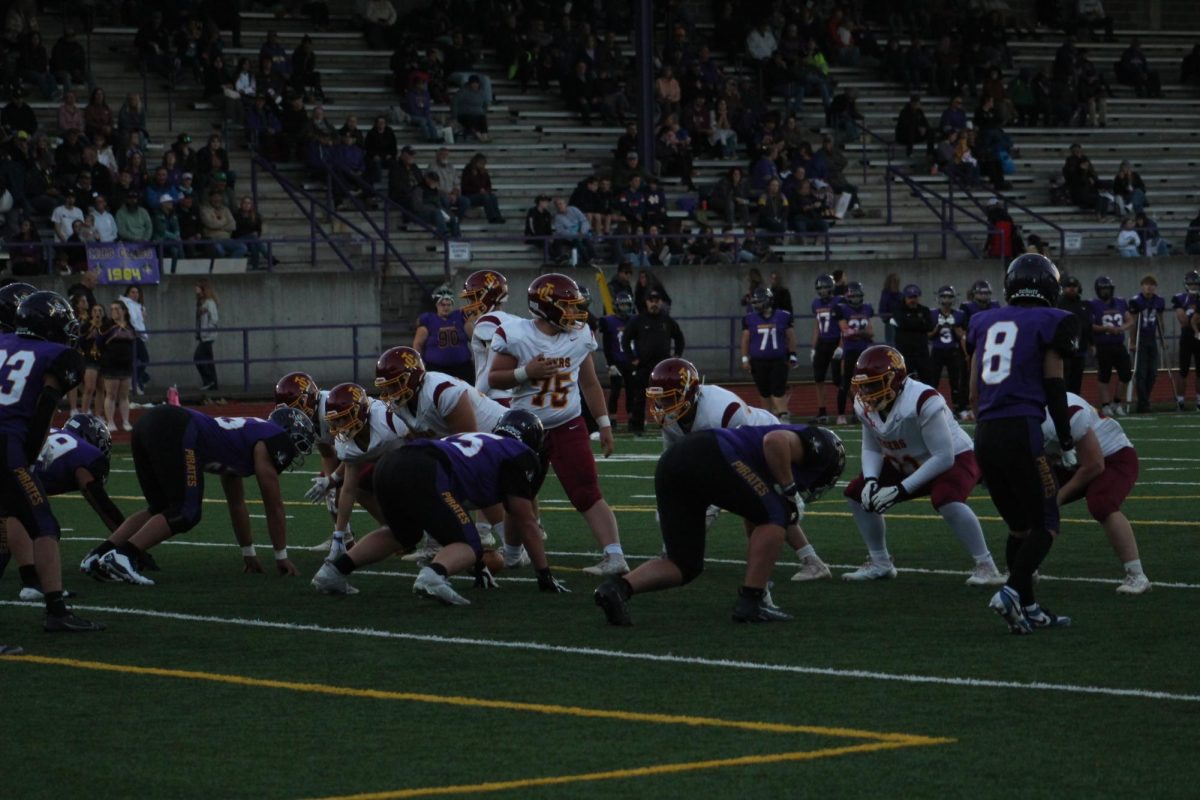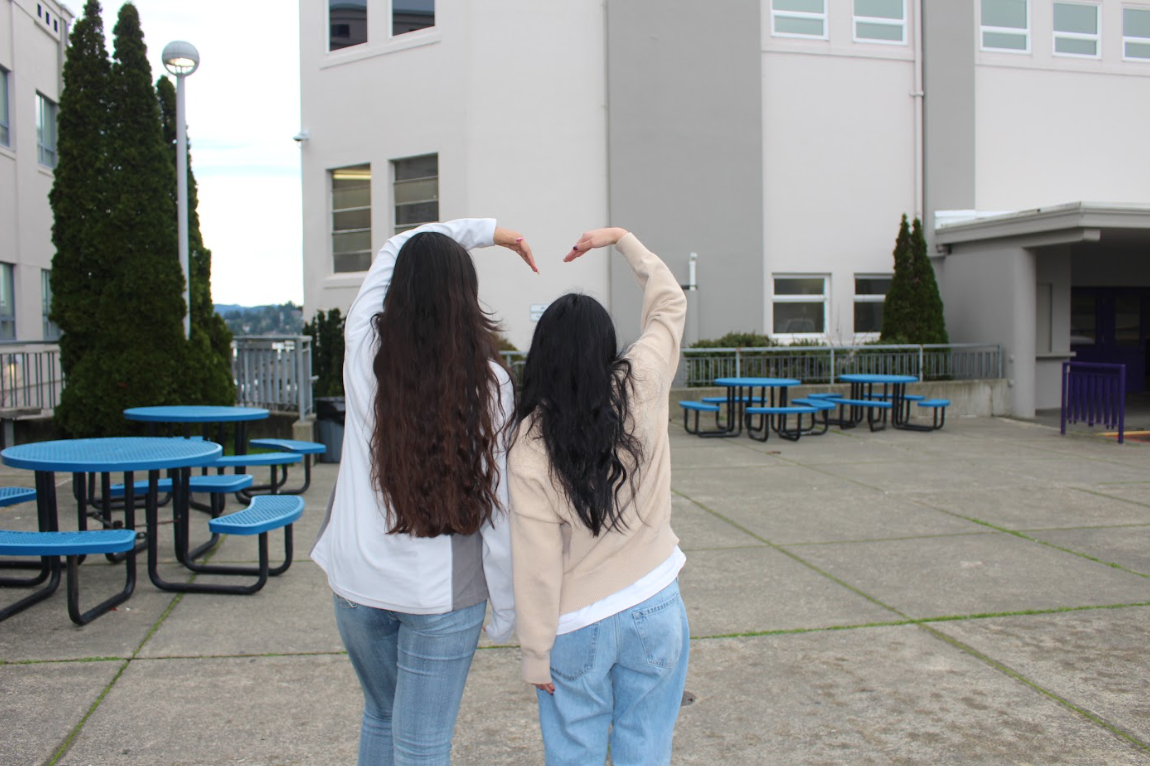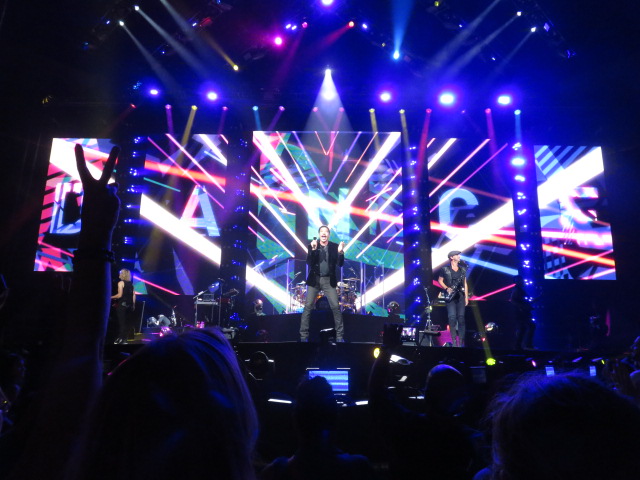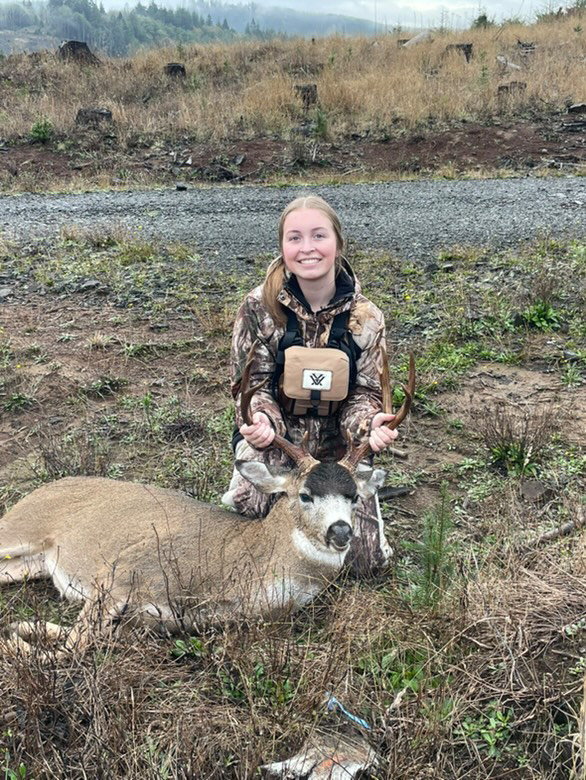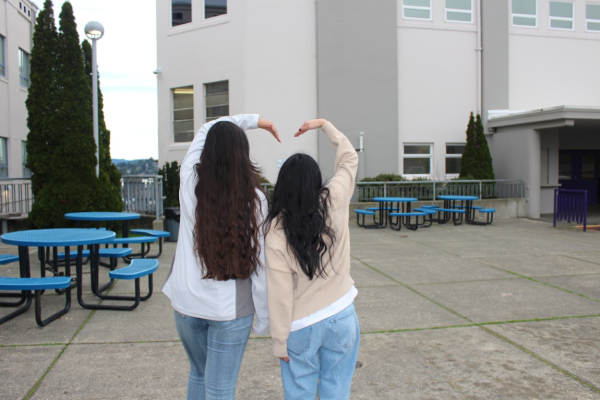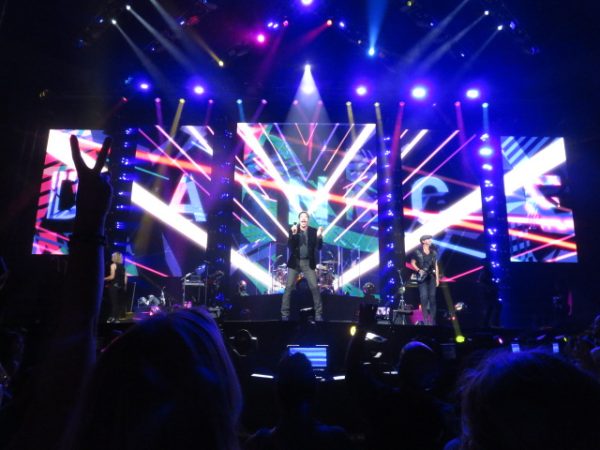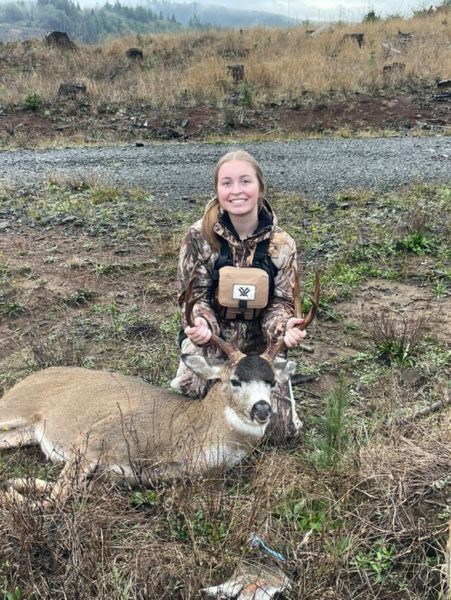Turning the blades for sustainable power
The US Bureau of Ocean Management (BOEM) is planning to place three wind turbines just off of the coast of Coos Bay, Ore., and more near Brookings, Ore. on the south coast. The hope is that offshore wind in Oregon could provide around three gigawatts of energy, which can power approximately a million homes in the state. While the plan is to place these approximately 14 miles off the coast, these farms will take up roughly 1.1 million acres and would cost roughly 1.9 billion dollars.
Although new to the Oregon coast, wind turbines have been in use since 1888, accounting for more than 10% of global energy production. They are not a new technology. Offshore wind turbines have only been around since 2009 when they made their first appearance in Norway. Currently, some of the more extensive offshore wind turbine operations include Empire Wind offshore of New York and Vineyard Wind runs offshore of Massachusetts. Both have shown to be relatively successful; they have an average wind speed of eight miles per hour in the winter. Whereas on the Coos Bay shore, the average wind speed in the winter is over nine miles per hour. This means that a wind turbine on the Coos Bay coastline has the potential to generate a high amount of power.
Offshore wind, also known as offshore wind energy, is the energy extracted from the force of the winds at sea that will be converted into electricity and delivered to an onshore power grid. Offshore wind turbines offer the same benefits as regular land wind turbines, but have been designed to withstand being underwater and far out at sea. These wind turbines produce wind power and are a perpetually renewable and infinite energy source. By converting wind to power produces no harmful greenhouse gas emissions. While we work to combat climate change and reduce greenhouse gas emissions, offshore wind power will play an essential role in our future electricity generation.
The decision on whether or not the Oregon coast will get these new turbines has proven to be a challenging topic based on many reasons. There can be negative consequences to wind turbines
There are potential negative environmental impacts, but a lot of it is up in the air since we have no true studies on the after effects,” said Abby Oberg, at Rouge Climate Center.
They can affect people, as well as sea life and animals. Animals can get caught in the turbines and injured.
“Wind turbines in the past have mostly affected birds due to them flying in the blades,although those were on land. We are mostly concerned about the electricity in the water and the aquatic animals,” said Ashley Audycki, Rouge Climate Center.
The turbines can destroy marine life habitats by making it difficult for marine mobility. In addition, the tall structure of the turbines and the limited space between them can make it dangerous for ships to navigate nearby waters. Commercial fishermen have been protesting offshore wind turbines. Offshore wind turbines need maintenance and can be difficult to repair.
For now, the fate of Oregon’s wind farms is still in the air. BOEM, in conjunction with other energy companies, are still in talks with the local and regional governments of Brookings and Coos Bay to determine the next steps. The goal is to proceed with wind turbines by 2030 if it moves forward. The Rogue Climate Center, a nonprofit environmental activist group, is currently holding multiple listening sessions to hear the pros and cons of offshore wind turbines in Oregon. They are also trying to get local feedback to work with the Brookings and Coos Bay communities. So far, the State of Oregon has tried to stay relatively neutral on the matter while weighing the pros and cons. They want to push towards this new advancement but nothing is set in stone until that decision is made.
Your donation will support the student journalists of Marshfield High School. Your contribution will allow us to purchase equipment and cover our annual website hosting costs.
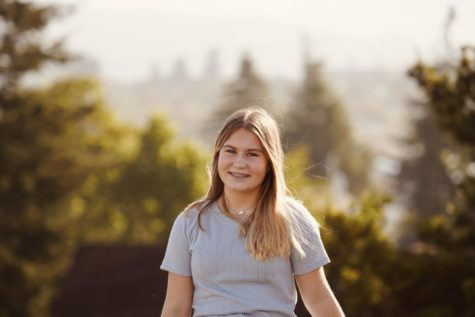
Freshman Abby Erb is a new member of journalism. Abby is part of the swim team and speech and debate. She likes Taylor Swift, sugary foods, the beach,...

Senior, Lorelei Moon is a writer at the Marshfield Times. She enjoys reading and going to the gym as well as playing the piano and guitar. After highschool...

Freshman Garron Castro is a first year staff member of the Marshfield Times. He likes to sleep and eat like every other human being, but he also likes...

